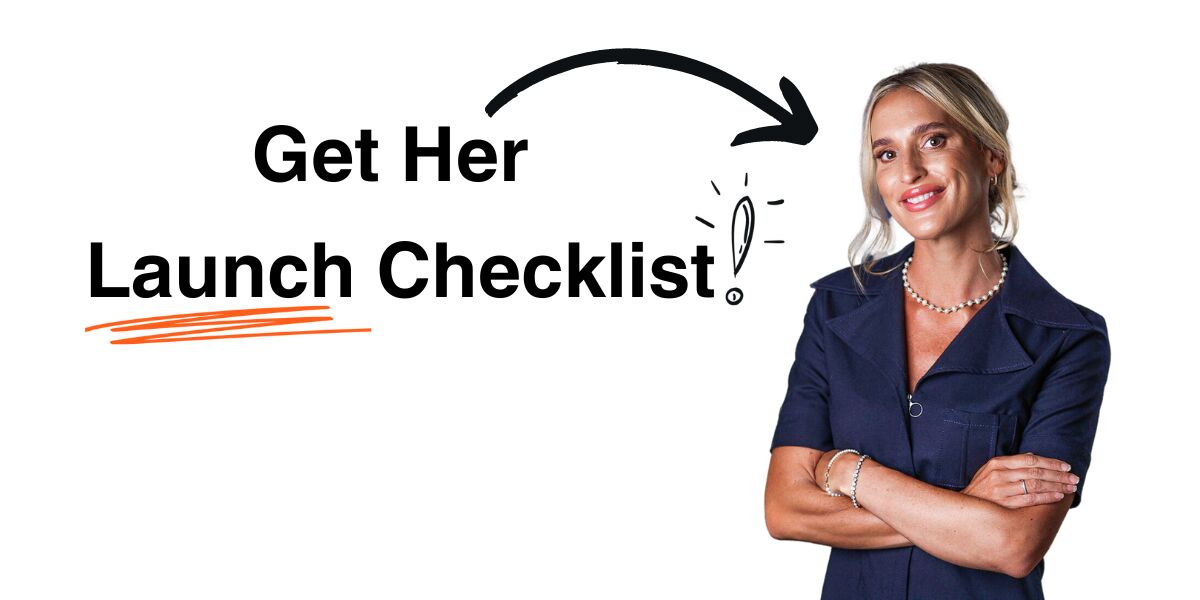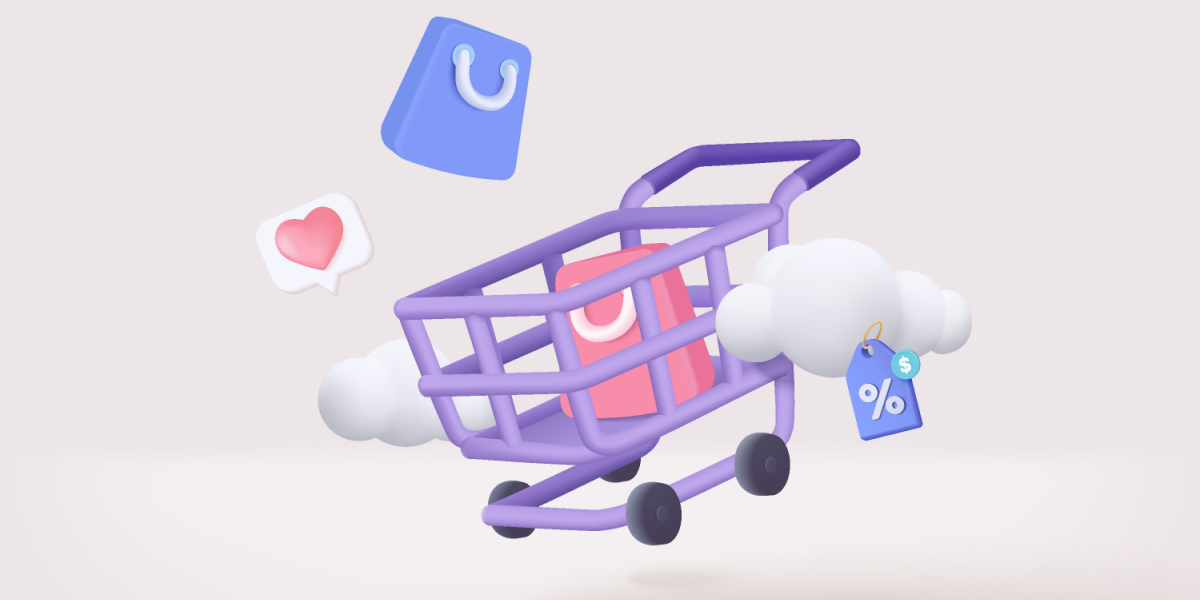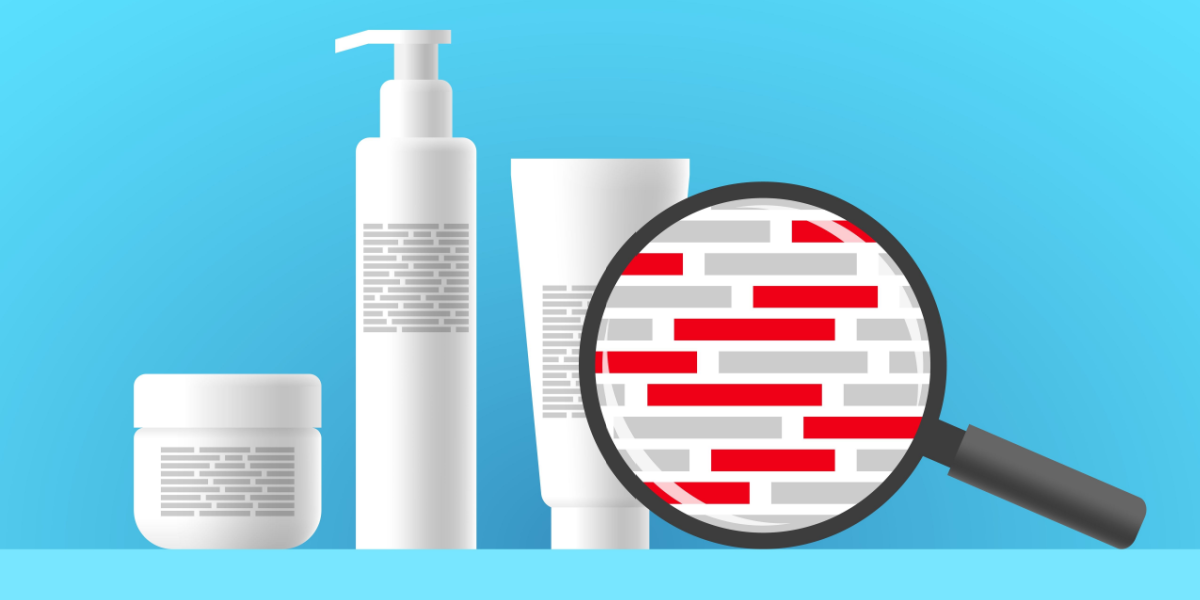Your fantasy about starting a business might start off with you marching into the boss’s office and shouting, “I QUIT!” But a fantasy is just that, and we all know few businesses start that way.
In fact, many large and influential businesses began as side projects, often developed during their weekends and spare time!
For the most famous example, when Steve Jobs and Steve Wozniak started Apple, they both had full time gigs—Jobs was at Atari and Woz was at Hewlett Packard. Only years later, once they’d built up an established user base and product, did they break away from their 9-to-5s and go at the business full time.
And we all know how that story ends!
At Foundr, we want more people to start businesses and go on to find success and independence. We also believe entrepreneurs have the power to change the world. But what we don’t believe is that you should quit your 9-to-5 cold turkey.
That’s why we’re such big proponents of starting businesses on the side.
A side business is the perfect way to dip your toe into entrepreneurship, without all the risks associated with quitting your job and starting a business from scratch.
By now, you’ve probably seen our guides on how to start a side business as a consultant and how to create your own online course in just a few hours a week.
But today, we want to pull back the curtain on another lucrative way for you to build a side business: Starting an ecommerce business on the side. And we’re going to do so by focusing on a few people who found great success doing just that.
Why Consider Ecommerce as Your Side Business?
Here’s a few reasons why ecommerce makes the perfect side business:
- It’s a big trend. Anyone who gets started in ecommerce now is swimming with the tide—not upstream. In 2017, ecommerce was responsible for $2.3 trillion in sales, which is expected to nearly double to $4.5 trillion by 2021. With that much money pouring into ecommerce, it’s clear this isn’t just a way for people to buy things. It’s quickly becoming the primary way consumers purchase goods.
Need more proof? Two words: Kylie Jenner. As you probably know, she launched an ecommerce store selling her own line of lip gloss and grew it into a billion dollar brand in just under two years. That’s the power of starting an ecommerce store today. But you don’t have to be a Kardashian (or Jenner) to succeed with ecommerce. The truth is, she’s just one example of the many enormous success stories being made in the shift from physical stores and big retail brands to online stores and smaller niche companies.
- You don’t need a lot of money to get started. The tools for ecommerce have gotten a lot better over time. And today, you don’t even need to have a lot of inventory on hand to sell physical products. With selling platforms, automation, and SEO tools, almost anybody can get up and running on a budget of less than a $100 per month.
- You can sell the business for enormous sums of cash. Unlike agencies and online courses (which are unique products with unique deliverables), when you build an ecommerce business, you are creating a sellable asset. Which means that after you build the business to a certain point, you can exit and take a stack of cash on to something else. This is the kind of business Tim Ferriss talked about building in The Four-Hour Workweek.
Combined, these three factors make ecommerce a perfect business to build in your spare time.
But anybody can tell you to start an ecommerce business on the side and then leave you hanging out to dry. We don’t want to do that. So I reached out to three successful entrepreneurs who’ve done this before.
They shared how they came up with their business ideas, what steps they took to test their ideas, how they built five-figure businesses with engagement ads, and more.
Advice from 3 Ecommerce Business Owners Making up to $200,000/Month
The first entrepreneur I interviewed was Jeremy Wadell.
He’s the vice president of marketing for mindbodygreen and over the years he’s started, scaled, and sold multiple side businesses.
His latest ecommerce side hustle is an online pet supplement and supply store that generates over $200,000 per month. Yes, that’s over $2.4 million per year, on the side of his full-time job. So you can see why I wanted to interview him.
One of the keys to Jeremy’s pet store’s success is that he didn’t jump into building his own product from scratch. If he had, he probably would have failed.
The reason is he would have been learning too many new things at once. It would have been his job to create ads, design landing pages, perfect customer service and more from the get-go. It’s overwhelming and sets you up to NOT succeed.
But Jeremy did something different. He signed up for another pet company’s affiliate program, which paid him a small commission for any time he made a sale for the company. This allowed him to get paid to learn about how the industry worked.
Get Paid to Test the Waters as an Affiliate
As an affiliate, all he was responsible for doing was bringing the right type of people to the business and the parent company would handle the rest. In other words, they had the product, they did the shipping, they handled the landing pages and customer support.
This allowed Jeremy to focus on one thing—finding out what kind of products were selling in the industry and ignore everything else.
“I’d already made a few thousand dollars in affiliate commissions before I reached out to any suppliers to create my own. This gave me a huge advantage,” Jeremy says.
The key was learning what products were selling and what the best practices in the industry were before getting started.
For anyone building a side business, becoming an affiliate is a great way to test your ideas before putting all your eggs in one basket. That way you’re not focused on things like forecasting sales and inventory. You’re just getting a crash course in the marketing of the product.
If for example, you’re interested in starting a coffee company, don’t buy a garage full of beans and sink thousands of dollars into packaging. Dip your toes into the industry first by signing up for Bulletproof’s affiliate program.
Then you can write articles reviewing your experience with the coffee, post on Facebook and Instagram asking your friends and family to check it out, or set up ads to their store using creative copy or video ads.
Being an affiliate is a low-risk way to learn what kinds of ideas are resonating with the market and, more importantly, what it will take to stand out once you start selling your own product (if you go after it at all).
Sometimes, you may find out you’re not interested in the idea or your initial ideas were not really great at catching people’s attention in this market. This is good news! The last thing you want is to spend months working on a project, only to find out it was a complete waste of time.
Being an affiliate first helps you find that out without making mistakes that could set you back months. Here’s a list of affiliate marketplaces.
Run Engagement and Retargeting Ads for Low-Ticket Items
The next entrepreneur I interviewed was Carlos Redlich.
Carlos is an absolutely genius copywriter and hustler. A few years ago, he and his wife were living on food stamps and barely getting by. Today he’s making over seven-figures a year with many different side businesses (see the full story here).
Recently, Carlos launched a business selling religious memorabilia. And he quickly scaled that to a business that generates over five-figures per month.
One of the keys to his success was running an engagement ad on Facebook. (Not sure what an engagement ad is? No worries! For help with these terms and more info on creating profitable Facebook ads for ecommerce stores, check out this incredible step-by-step resource.
In the ad, he didn’t sell anything! All he did was ask people what they cared about and what got them excited about this particular religion.
He had no intention of getting sales with these ads. His goal was just to get an idea of what the audience was passionate about. So he set aside a small budget of $10 a day and ran the ad for a week. During this time, he was just collecting comments and views from his target audience.
Once he had an idea of what this group of people cared about, he retargeted everybody who engaged with the ad on Facebook.
At this stage, Carlos was still testing.
He showed the engagers five different, low-priced product offers, ranging from mugs with religious quotes to bracelets.
His goal was to find just one of the five products that really captured people’s attention and took off. And one did—in a big way for him. Today, that business is generating over five figures per month. And it all started with a few simple tests to find the perfect product for his audience.
So many people make the mistake of jumping head first into an idea they hope will work out. But it’s even more important when you’re building a side business to be selective in who you’re going to serve.
Carlos does this amazingly well through lots of testing.
For anyone building a side business, testing is a critical step. And if you follow Carlos’s advice you can find a winning product for less than a few hundred dollars. That’s a huge win that will keep paying you again and again.
Put Unique Marketing Twists on Traditional Products (for a Breakthrough)
The final entrepreneur I interviewed was Arielle St. Pé Ricci, the founder of Nellamoon candles. What started as a small passion project quickly grew into a real business with real revenue.
Arielle knew there was a market for candles. In the U.S. alone, candle sales are estimated at roughly $2.3 billion a year. In other words, she didn’t have to guess whether candles would sell in general. She just had to find a way to sell hers.
And when she looked at the industry, she had an idea of how it could work.
Most candle company flooded their customers with marketing tactics, strategies, etc. Arielle didn’t like any of it. And more importantly, she knew her core customers didn’t either.
“It seemed too structured and boring. I wanted to do something different…something natural. Something pure,” she says.
So instead of using the same old marketing gimmicks and huge sales everyone else used, she just started posting about her candles and writing inspirational and uplifting captions.
She was true to herself and pretty soon she had traffic to her social platforms and orders flowing in like melted wax!
In other words, it can pay to be different. Where others were talking about sales and why you should buy now, she was focused on inspirational stories of what these candles meant to her and her friends. She was also using a channel that most candle companies were barely on: Instagram.
So the question for you is: Can you find a traditional product and find a new way to sell it?
For example, beds have been around for, well, forever. But companies had been selling them the same old ways for decades. Buying a bed normally involved seeing an ad from some “mattress king” running a sale, going to a store and being affronted by an aggressive salesman.
That was until Casper mattress came around. They took what was normally a time-intensive process and turned it into a totally online, seamless, and quick transaction.
And with that, they introduced transparency, fun advertisements, and dramatically reduced the costs of beds. Today, dozens of mattress companies have burst onto the online scene. And many online mattress companies are bigger than the old-guard brands who’d been around for decades.
All it took to stand out, break through the noise, and get traction was putting a new marketing twist on an old idea.
The takeaway for your side ecommerce business: You don’t need a new or novel idea. All you have to do is put a twist on an old classic and the profits can be enormous.
You Can Start an Ecommerce Store as a Side Hustle
Whether you’ve never started a business before or if you’ve always wanted to have a side hustle, ecommerce can be a powerful business to start with. It’s a massive trend, with the ability to scale and earn money while you sleep.
The key, as these successful ecommerce store owners say, is testing before diving in, choosing a passionate niche, and putting a spin on proven ideas.
If you’ve got any questions about how this works or tips about how you got your store off the ground, leave a comment below. We are here to help and can’t wait to hear from you!



















